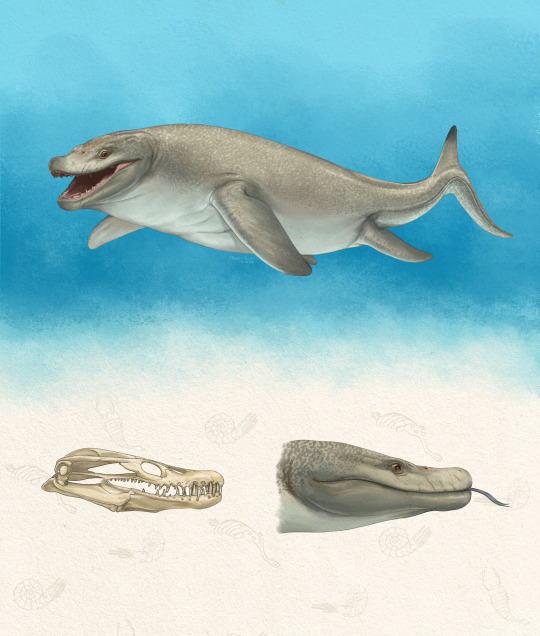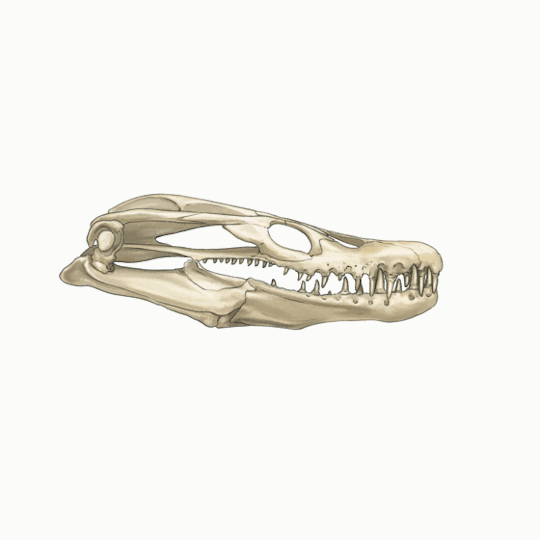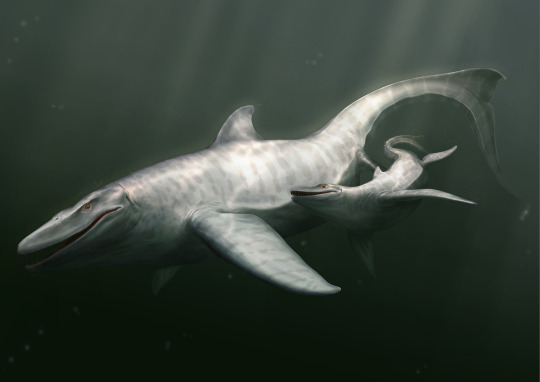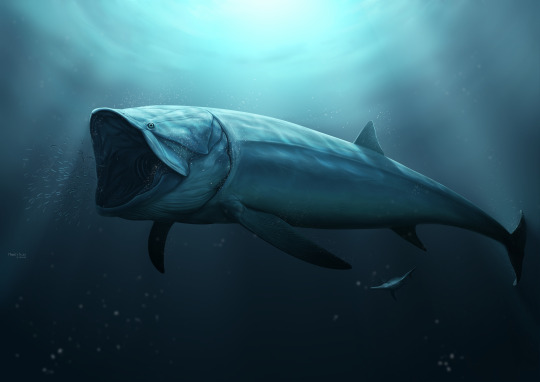Text
Pebanista Yacuruna
My second attempt with this format.
Pebanista Yacuruna
Found in Peru, this Platanistids used to swam across the seas and rivers of South America during Early and Middle Miocene. Pebanista comes from Pebas Wetland system, an archaic wetland that become as we all knows now as Amazon River system.
This Platanistid can reached 3.47 meters long know in the record. Although this Dolphins found in South America, its closest relatives are Indian Platanistid Dolphins such as Ganges and Indus River.



#digital painting#illustration#paleoart#art#digital illustration#digitalart#paleoillustration#paleontology#design#nature
37 notes
·
View notes
Text
Khinjaria Acuta
My first attempt on Khinjaria Acuta with different artstyle.
Khinjaria Acuta is a newly discovered Plioplatecarpine Mosasaurid from the Maastrichtian of Morocco.



#digital painting#illustration#paleoart#art#digital illustration#digitalart#paleoillustration#paleontology#design#nature
49 notes
·
View notes
Text
Mater

A 1-month-old Megapterygius Wakayamaensis wandering about the sea with his mother.
Megapterygius Wakayamaensis is an Mosasaurine that recently discovered in Toyajo Formation, Wakayama, Japan. Its name is derived from Ancient Greek meaning Large Wing-shape flippers.
#digital painting#illustration#paleoart#art#digital illustration#digitalart#paleoillustration#paleontology#design#nature
242 notes
·
View notes
Text

The Gentle Emperor
One lonely Leedsichthys feeding on small fishes, followed by one stray Ichthyosaur, lurking for a chance to get some leftover.
In the latest reconstruction from Specimen BMNH P.10156, the size reaching up to 12 meters long, makes the size smaller than the previous reconstruction. But still, Leedsichthys are consider as the biggest prehistoric fish ever to unearthed.
36 notes
·
View notes
Text

Children of the Sea
Plesiosaurs first appeared in the latest Triassic, about 203 million years ago. They became especially common during the Jurassic Period, thriving until their disappearance due to the Cretaceous-Paleogene Extinction Event about 66 million years ago.
13 notes
·
View notes